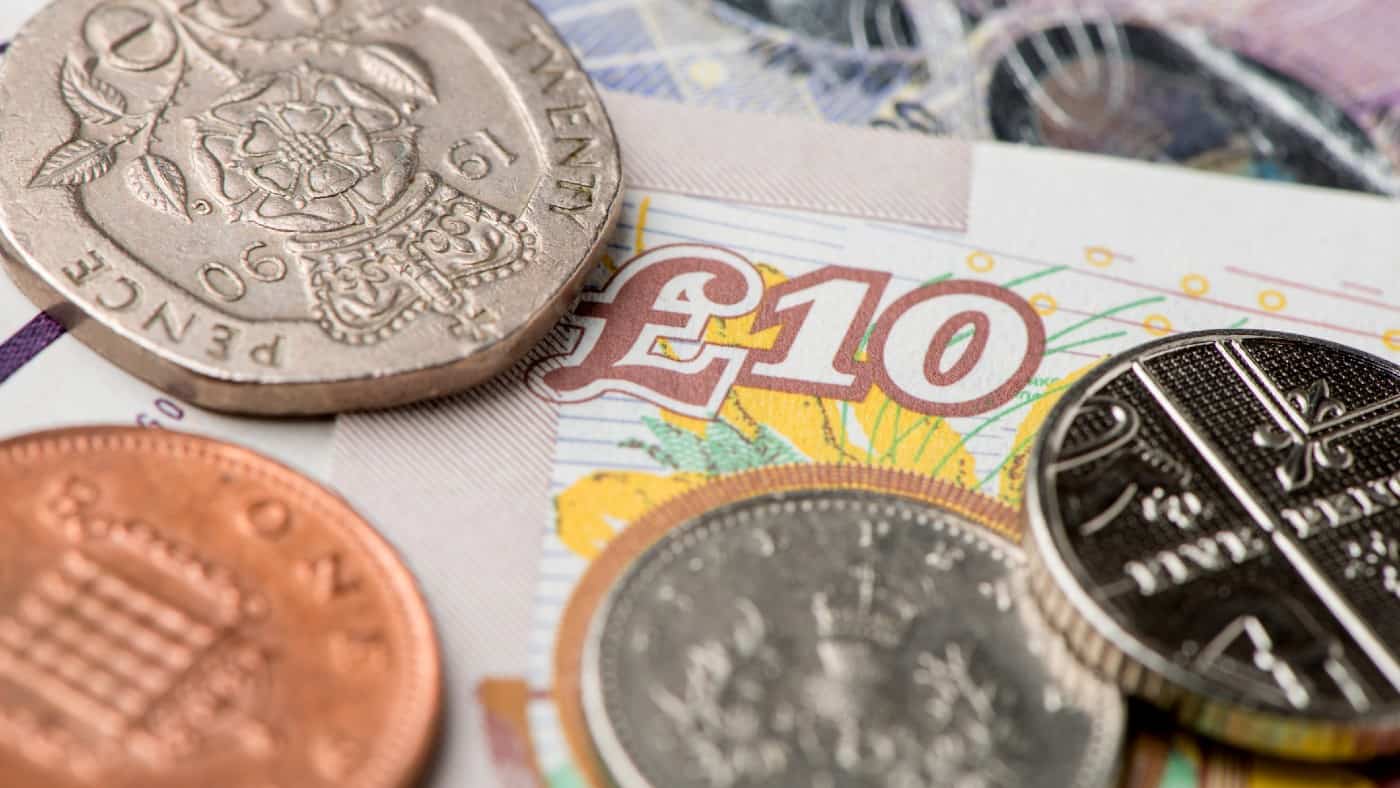Passive income is the holy grail of investing for many. And those of us who invest for passive income will likely be aware that using an ISA account can be hugely rewarding. That’s because the wrapper provides UK residences with tax breaks that allow us to maximise our investment returns.
So here’s how I’d target £39,261 a year in passive income.
Saving little and often
Firstly, I’d start by opening a Stocks and Shares ISA with a reputable broker, like Hargreaves Lansdown or Nutmeg. It only takes a matter of minutes and I can open an account with almost no money at all.
Should you invest £1,000 in Balfour Beatty Plc right now?
When investing expert Mark Rogers has a stock tip, it can pay to listen. After all, the flagship Motley Fool Share Advisor newsletter he has run for nearly a decade has provided thousands of paying members with top stock recommendations from the UK and US markets. And right now, Mark thinks there are 6 standout stocks that investors should consider buying. Want to see if Balfour Beatty Plc made the list?
While many of us would love to start an ISA with £20K — the maximum annual allowance — in reality, most of us don’t have that amount of cash lying around.
So I may want to kick things off by committing to contribute a monthly figure to my portfolio. Even just £100 a month — or £3.30 a day — could be enough to get me on the path to earning passive income in the long run.
Over a year, that’s £1,200. I’d fall way inside the annual ISA allowance.
Although it’s worth noting that if I don’t have a lot of money to invest, it may be worthwhile choosing a platform with lower fees than Hargreaves. If I don’t invest regularly, I could pay as much as £11.95 per deal with Hargreaves. If I’m only buying £200 of stock, I don’t want to pay that much in commission.
And, to reiterate, I want to be doing all of this inside a Stocks and Shares ISA wrapper. That’s because no taxes are due on any of my returns, dividends, or share price gains. I get to keep everything I make.
Please note that tax treatment depends on the individual circumstances of each client and may be subject to change in future. The content in this article is provided for information purposes only. It is not intended to be, neither does it constitute, any form of tax advice. Readers are responsible for carrying out their own due diligence and for obtaining professional advice before making any investment decisions.
Passive income galore
If I don’t have much money, it can be hard to generate life-changing amounts of passive income. Instead, I need to take the dividends, or any returns, that I earn during the year and reinvest them, allowing my pot to grow bigger and bigger.
This strategy — called compound returns — complements regularly contributions, allowing the portfolio to grow faster each year as I start earning interest on my interest. No investment strategy is guaranteed, and the value of my stocks can fall as well as rise, but I’m a big fan of compounding.
As an investor on the FTSE 100, I can look to achieve anything up to 12% annually. But a more realistic figure is between 8% and 10%. A dividend-heavy portfolio might bring me a little less, say 6-8%.
Here’s how much passive income I could generate annually by investing just £100 a month.
| 6% returns | 8% returns | 10% returns | 12% returns | |
| 5 years | £367.22 | £512.69 | £671.46 | £844.71 |
| 10 years | £913.94 | £1,351.65 | £1,879.13 | £2,514.61 |
| 20 years | £2,646.10 | £4,463.74 | £7,135.32 | £11,059.65 |
| 30 years | £5,797.59 | £11,371.48 | £21,364.07 | £39,261.60 |
Of course, the rate of returns is just one of the key variables. I could contribute more, or even look to increase my contributions in line with inflation. And, naturally, the longer I leave my pot without touching it, the more funds I’ll have.
It would be remiss of me not to accept that £39,261 in 30 years won’t be worth the same as it is today and also that my returns aren’t guaranteed, since they may fall as well as rise. But it’s just an example using a relatively achievable contribution of just £3.30 a day.








